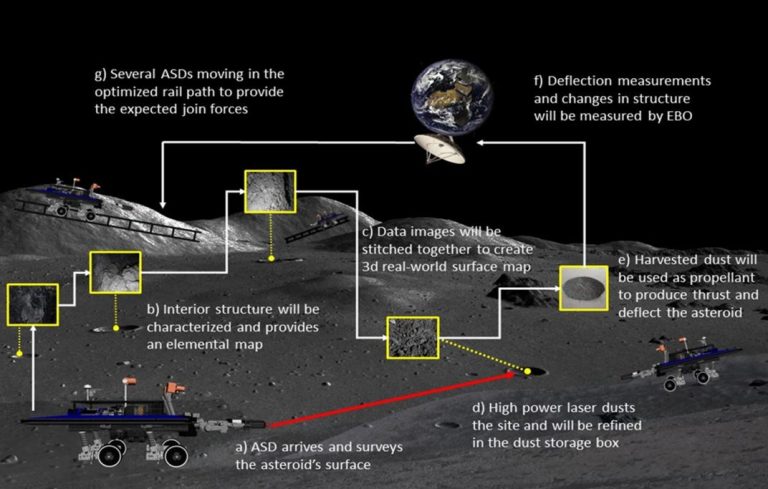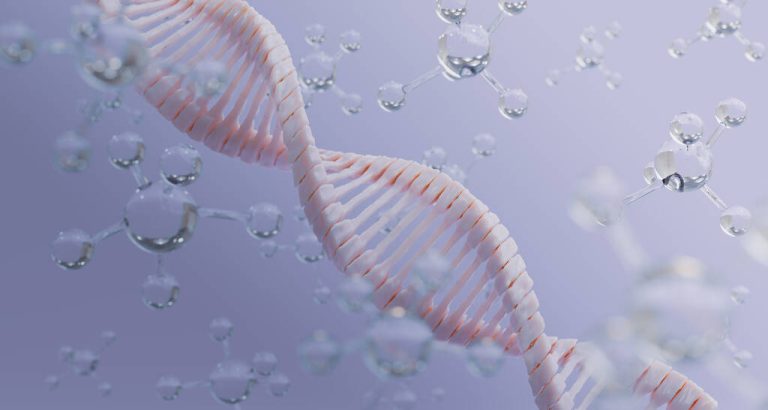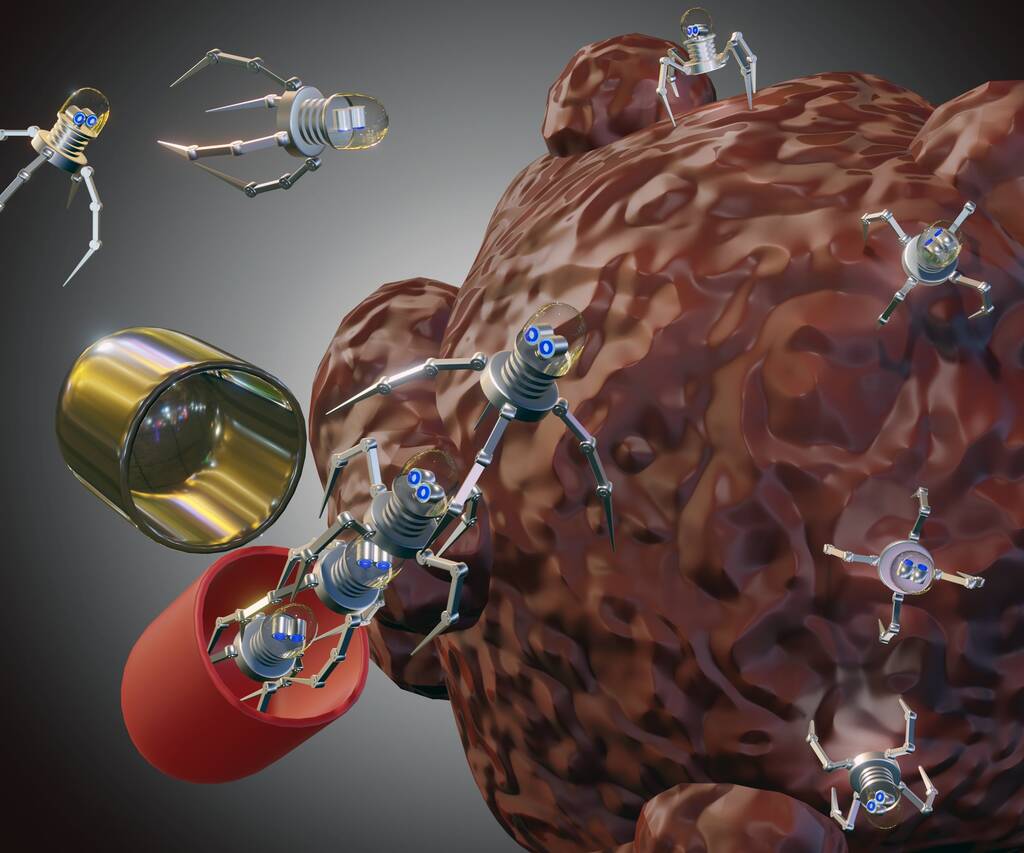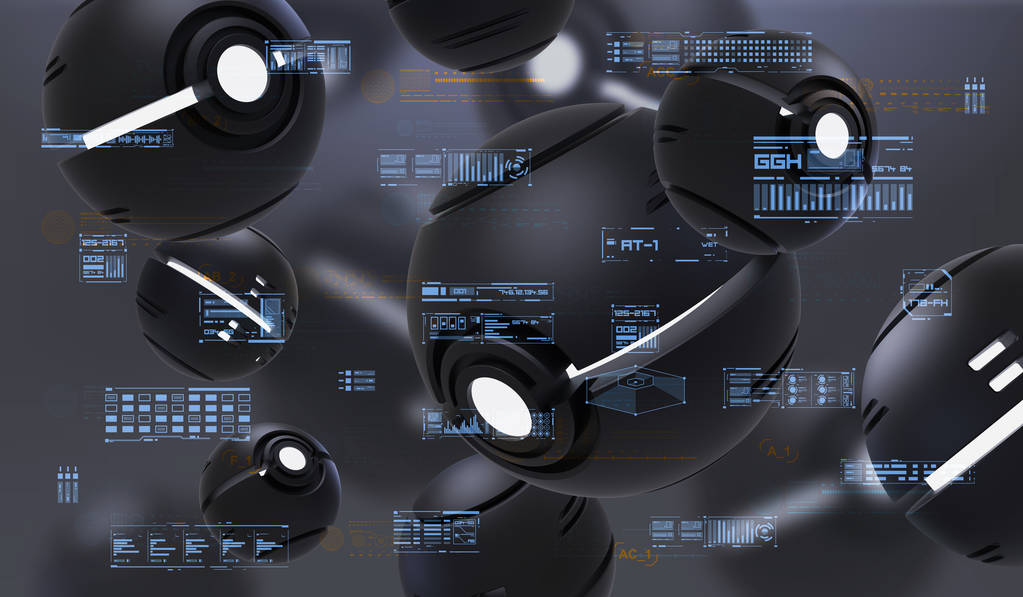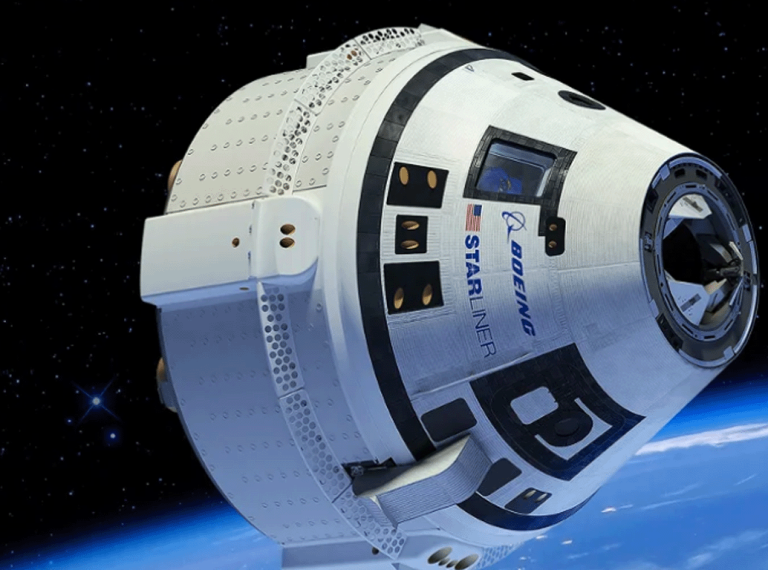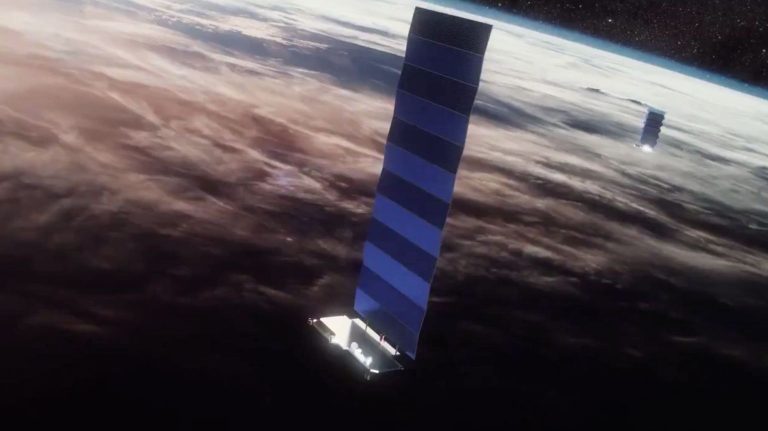How Dust from Asteroids Could Protect Earth from Impacts
Key Takeaway
Using dust from asteroids as a propellant to deflect potentially hazardous asteroids (PHAs) could be a viable method to protect Earth from catastrophic impacts. This approach, known as Deflecting an Asteroid by Dusting (DAD), involves collecting and using the asteroid’s own regolith to create thrust and alter its trajectory. The DAD method, along with other asteroid deflection techniques, highlights the importance of continuous innovation and preparedness in safeguarding our planet.
Summary
- Deflecting PHAs is crucial for Earth’s safety.
- The DAD method uses asteroid dust as a propellant.
- The DAD process involves seven key steps.
- Technologies and coordination needed for DAD are extensive.
- A potential test case could be conducted on Apophis in 2029.
- DAD technology could also benefit asteroid mining.
- The concept remains theoretical but holds significant promise.
- Collaboration between space agencies and governments is essential.
- Continuous innovation is key to successful asteroid deflection.
Introduction
Deflecting potentially hazardous asteroids (PHAs) is one of humanity’s most critical long-term efforts to ensure we don’t suffer the fate of the dinosaurs. Various mission architectures have been suggested to move a PHA out of the way, with the Double Asteroid Redirection Test (DART) being the most famous example. DART successfully changed the orbit of Dimorphos, a harmless small asteroid, proving that deflection is possible if the asteroid is discovered in time. However, it is essential to develop multiple methods to deflect a PHA, and a promising approach gaining traction is using an asteroid’s regolith as a propellant.
The DAD Method
Researchers at Beihang University have detailed a mission known as Deflecting an Asteroid by Dusting (DAD) in a recent paper. This methodology involves using the asteroid’s own dust as a propellant to change its orbit. A potential proof-of-concept mission to Apophis, an asteroid that was once considered potentially hazardous but has since been proven to be no threat, is described in the paper.
Steps in the DAD Process
- Assessment of Landing Sites: An orbiting spacecraft would assess potential landing sites for dust collection and the orbital mechanics of thrust redirection efforts.
- Characterization of Internal Structure: A lander would descend and characterize the asteroid’s internal structure, including assessing elements that might provide a higher level of thrust.
- 3D Modeling: Completing a full 3D model of the asteroid’s surface.
- Dust Collection: Using a high-powered laser to force dust off the surface and into a storage tank.
- Pulverizing the Dust: Pulverizing the collected dust further in the storage tank.
- Creating Thrust: Using a thruster motor to push the dust out from the rover, creating thrust against the asteroid’s surface and changing its orbit.
- Monitoring and Coordination: Monitoring the dust thrust deflection from Earth and using an orbiting probe to close the loop. Several autonomous rovers could also coordinate their thrusting efforts to increase the deflection force.
Potential Test on Apophis
The authors suggest a potential test case for the close approach of Apophis in 2029. Even if a lander is prepared and ready, it could take up to 20 years for a perceptible deflection to occur, assuming the system operates without issues for that duration. While this longevity is challenging, some space probes have operated non-stop for extended periods.
Advantages of the DAD Method
One significant advantage of the DAD technique is its dual use as a proof of concept for asteroid deflection and mining. The overlapping technologies would incentivize governments and non-profits to invest in a potentially world-saving technology, rather than an unproven mining technology.
Technological and Coordination Challenges
The DAD method requires the development and coordination of new technologies. The system’s components, such as high-powered lasers, storage tanks, thruster motors, and autonomous rovers, must work seamlessly together. Testing these technologies in space and ensuring their reliability over long periods is a substantial challenge.
Broader Implications and Future Prospects
The DAD concept, while still on the drawing board, holds significant promise for the future of asteroid deflection. If supported by major space agencies, it could become a viable option in humanity’s arsenal to protect Earth from PHAs.
Collaboration and Investment
Collaboration between space agencies, governments, and non-profits is essential for the success of asteroid deflection missions. Investments in research and development of technologies related to the DAD method could also benefit other areas of space exploration, such as asteroid mining.
Importance of Continuous Innovation
Continuous innovation is crucial to improving our chances of deflecting potentially hazardous asteroids. The DAD method is just one example of how new ideas and technologies can contribute to our long-term safety. Exploring and testing different deflection methods will ensure we are prepared for any future threats.
Conclusion
Deflecting potentially hazardous asteroids is a critical mission for the survival of humanity. The DAD method, which involves using asteroid dust as a propellant, presents a promising approach to this challenge. While it requires significant technological development and coordination, the potential benefits of a successful proof-of-concept mission are substantial. Continuous innovation and collaboration between various stakeholders will be essential to protect Earth from catastrophic impacts.
Tables
Table 1: Steps in the DAD Process
| Step | Description |
|---|---|
| 1. Assessment of Landing Sites | Orbiting spacecraft assesses potential landing sites. |
| 2. Characterization of Internal Structure | Lander characterizes the asteroid’s internal structure. |
| 3. 3D Modeling | Completing a full 3D model of the asteroid’s surface. |
| 4. Dust Collection | Using a high-powered laser to collect dust into a storage tank. |
| 5. Pulverizing the Dust | Further pulverizing the collected dust in the storage tank. |
| 6. Creating Thrust | Using a thruster motor to create thrust and change the asteroid’s orbit. |
| 7. Monitoring and Coordination | Monitoring deflection and coordinating with autonomous rovers. |
Table 2: Advantages and Challenges of the DAD Method
| Advantages | Challenges |
|---|---|
| Dual use for deflection and mining | Requires development of new technologies |
| Potential investment from governments and non-profits | Coordination of multiple system components |
| Proof of concept for future asteroid missions | Ensuring reliability over long periods |
References
- Santos et al. – Conceptual Design for Deflecting a Potentially Hazardous Asteroid with a Space Duster
- UT – How to Deflect an Asteroid with Today’s Technology
- UT – Asteroid Detection, Deflection Needs More Money, Report Says
- UT – If You’re Trying to Prevent an Asteroid Impact, the Technical and Political Challenges are Staggering

